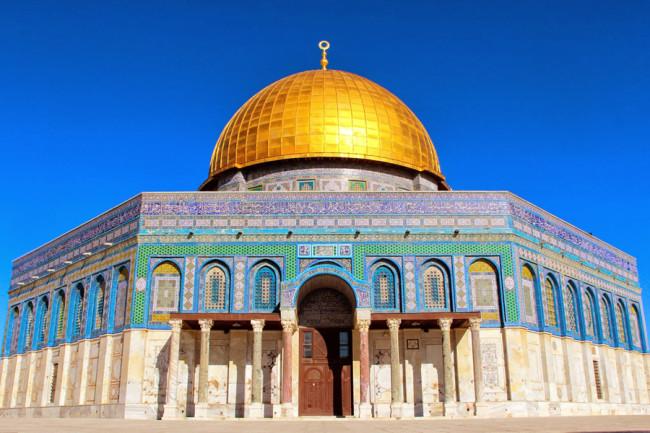
Israel and Palestine. Religion, conflict and peace talks come to mind when those two areas are mentioned together. It’s not where most people go to spend winter break, and it’s not where most SMU students had their J-Term.
The group, lead by Director of Perkins Global Theological Education Program Robert Hunt, was participating in a Palestine-Israel immersion class from Dec. 29 to Jan.13.
Hunt has been taking the cross-cultural immersion trip with students from the Perkins School of Theology since 2004.
“The purpose is for students to be immersed in the different cultures one finds in the Israel and Palestine territories and to get a sense of the cultural difference,” Hunt said. “So that they understand how those cultures are different from our culture and those cultures are different from each other and react to the reality they are part of.”
Unlike previous years, where groups spent more time with Palestine Christians, this group spent five days in Israel and five days in Palestine.
The group spent five days on the Israeli side studying contemporary Israeli culture at the Shalom Hartman Institute, a Jewish think tank.
The group also visited various holy sites and locations within Tel Avi, Jerusalem, Nazareth, Jericho, Bethlehem, Ramallah and the Sea of Galilee.
“Jerusalem has its own flavor and is very religious. Basically you can tell anyone’s religion by just looking at them,” 25-year-old Scott Gilliland said. “There is a lot of diversity and very noticeable. It’s divided.”
Where a person can go is often determined by their religious beliefs. For example, at the Temple Mount, the location of the Wailing Wall, a person enters based on their gender and religion.
“You’re very conscience of who you are, where you are and which culture you are currently touring,” Gilliland said. “You don’t understand their culture fully, so you’re always aware.”
Gilliland, a youth pastor, went on the trip along with his wife and fellow student Raegen Gilliland.
He didn’t have a spiritual connection to the holy sites until he came to the Garden of Gethsemane. A small garden with eight olive trees, the oldest believed to be 2,200 years old.
“It was largely the one that was largely untouched,” Gilliland said. “It was one place were I felt there wasn’t a church built on top of it, and didn’t have the whole Mickey Mouse tourism marketability with it. Just being in that place and thinking Jesus was walking there, that was cool for me.”
“Being an American, it’s easy to turn off because it’s a conflict that’s overwhelming because there is a lot of nuances to it,” Gilliland said. “I walked away wanting to pay attention. There was a lot of hope.”
The group spent five days in Palestine at the Dar al-Kalima University and the Bethlehem International center.
“It means a lot to me as a teacher to see what it does for my students,” Hunt said. “To see how it transforms them and changes them in good ways. That’s what it means to me, to see the transformation in my students.”












